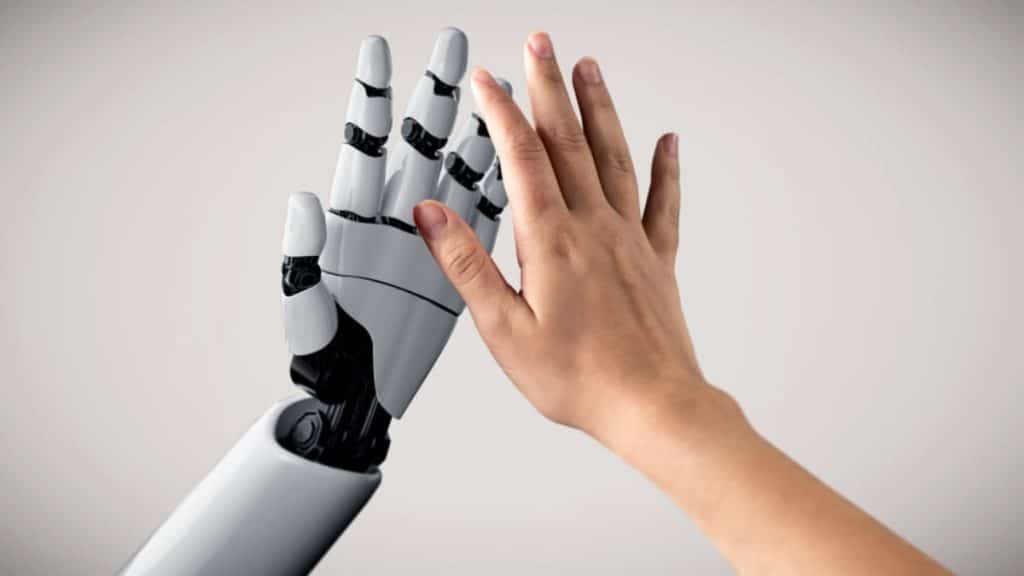Introduction
Amputees face numerous challenges daily, from limited mobility to psychological impacts. Recent advancements in AI have opened new possibilities for improving the quality of life for amputees, making prosthetics smarter, more responsive, and more accessible than ever before.
AI-Powered Prosthetics
AI-powered prosthetics use advanced sensors and machine learning algorithms to replicate natural limb movements. These prosthetics can adjust to the unique motion patterns of the user, enabling smoother and more intuitive control. For instance, the Utah Bionic Leg employs AI to enhance stability and movement, offering a notable improvement over traditional prosthetics.
Other cutting-edge AI-powered prosthetics include:
- LUKE Arm: Named after Luke Skywalker, this prosthetic hand uses AI to interpret muscle signals, allowing users to perform intricate tasks like picking up small objects. It provides sensory feedback, enabling users to feel pressure and touch.
- SmartLimb by BioTech Innovations: This prosthetic integrates advanced AI technology to mimic natural limb movements and offers sensory feedback for pressure, temperature, and texture. It adapts to the user’s unique movements, becoming more intuitive with use.
- Hanger Clinic’s Empower Ankle: This AI-powered prosthetic ankle uses sensors and algorithms to adjust its stiffness and power output in real-time, helping users walk more naturally across various terrains.
- MIT Media Lab’s Robotic Foot: Controlled by the mind, this prosthetic uses nerve signals recorded by implanted electrodes and machine learning algorithms to translate these signals into precise movements of the prosthetic foot and toes.
These innovations demonstrate the potential of AI to enhance the functionality and user experience of prosthetics, providing amputees with greater independence and quality of life.
Enhancing Mobility and Control
AI enables prosthetics to offer a level of precision and adaptability that was previously unattainable. Advanced models like the SmartLimb use sensory feedback to allow users to feel pressure, temperature, and texture. This sensory feedback significantly enhances the user experience, making tasks that require fine motor skills more achievable.
Personalized Prosthetics through AI
AI’s ability to learn from the user’s movements allows for highly personalized prosthetics. These devices can adjust their responses based on the user’s activity, providing a tailored experience. For instance, AI-powered prosthetic arms can improve grip and movement through continuous learning and adaptation. This customization ensures a better fit and functionality, enhancing the wearer’s daily life.
AI in Rehabilitation and Therapy
AI is also revolutionizing rehabilitation for amputees. AI-driven tools and applications can monitor progress and adapt therapy routines to optimize recovery. These tools provide real-time feedback, helping users adjust their movements and improve faster. The use of AI in therapy ensures a more personalized and effective rehabilitation process. Resources like isbrave.com – an educational resource for amputees offer valuable information and support for those undergoing rehabilitation, enhancing the overall recovery experience.
Improving Mental Health and Well-being
The psychological impact of limb loss can be profound. AI technologies provide emotional and psychological support by offering more natural and responsive prosthetics. This improvement in physical capabilities can lead to increased confidence and independence, positively impacting mental health. Additionally, AI-powered prosthetics can reduce the feeling of being different, helping amputees integrate more seamlessly into society.
Future Prospects of AI in Prosthetics
The future of AI in prosthetics is promising, with ongoing research aimed at creating even more advanced and affordable solutions. Innovations such as mind-controlled prosthetics and enhanced sensory feedback are on the horizon. These advancements will continue to improve the functionality and accessibility of prosthetics, offering new hope to amputees worldwide.
Conclusion
AI is transforming prosthetics, offering unprecedented levels of mobility, control, and personalization. These advancements not only improve physical capabilities but also support the mental well-being of amputees. As AI technology continues to evolve, the future looks bright for those who rely on prosthetics for a better quality of life.
Frequently Asked Questions (FAQ)
How does AI improve prosthetics for amputees?
AI enhances prosthetics by providing more natural and intuitive control through advanced sensors and machine learning algorithms. It allows prosthetics to adapt to the user’s unique movements, improving functionality and comfort.
What are the benefits of AI-powered prosthetics?
AI-powered prosthetics offer improved mobility, personalized adaptation, sensory feedback, and greater overall functionality compared to traditional prosthetics.
Can AI help in the rehabilitation process for amputees?
Yes, AI-driven rehabilitation tools provide real-time feedback and adaptive therapy routines, helping amputees recover more effectively and efficiently.
Are there any mental health benefits for amputees using AI technologies?
AI-powered prosthetics can boost confidence and independence, reducing the psychological impact of limb loss and improving mental health.
What is the future of AI in prosthetics?
The future holds advancements in mind-controlled prosthetics and enhanced sensory feedback, making prosthetics even more functional and accessible.
